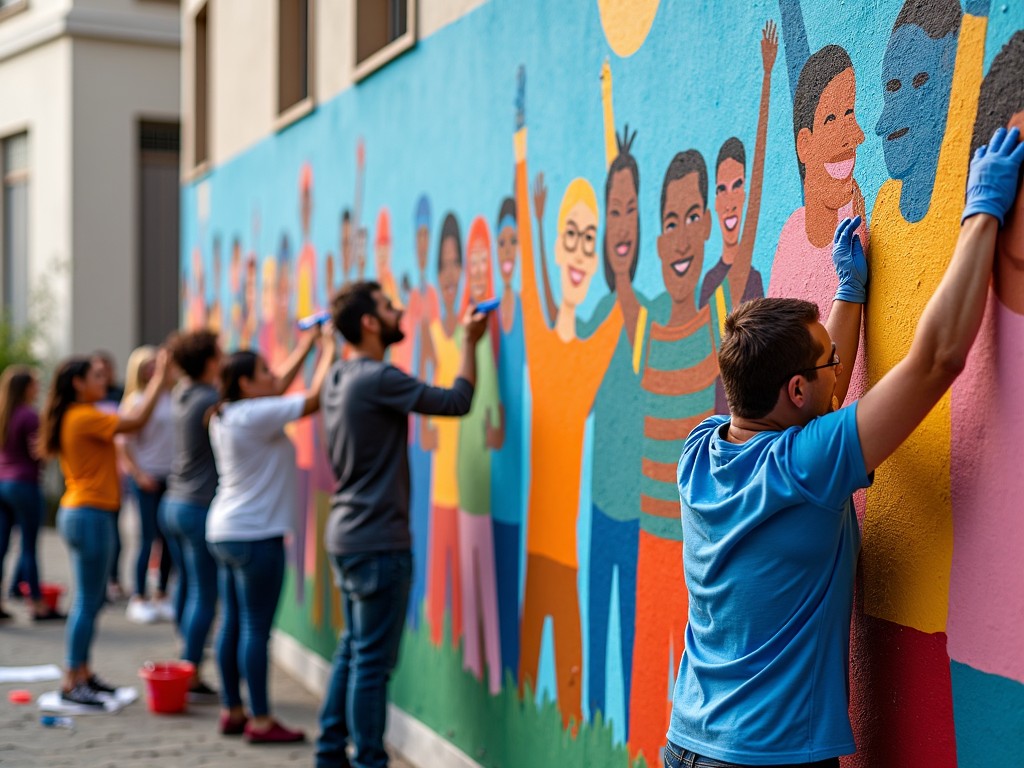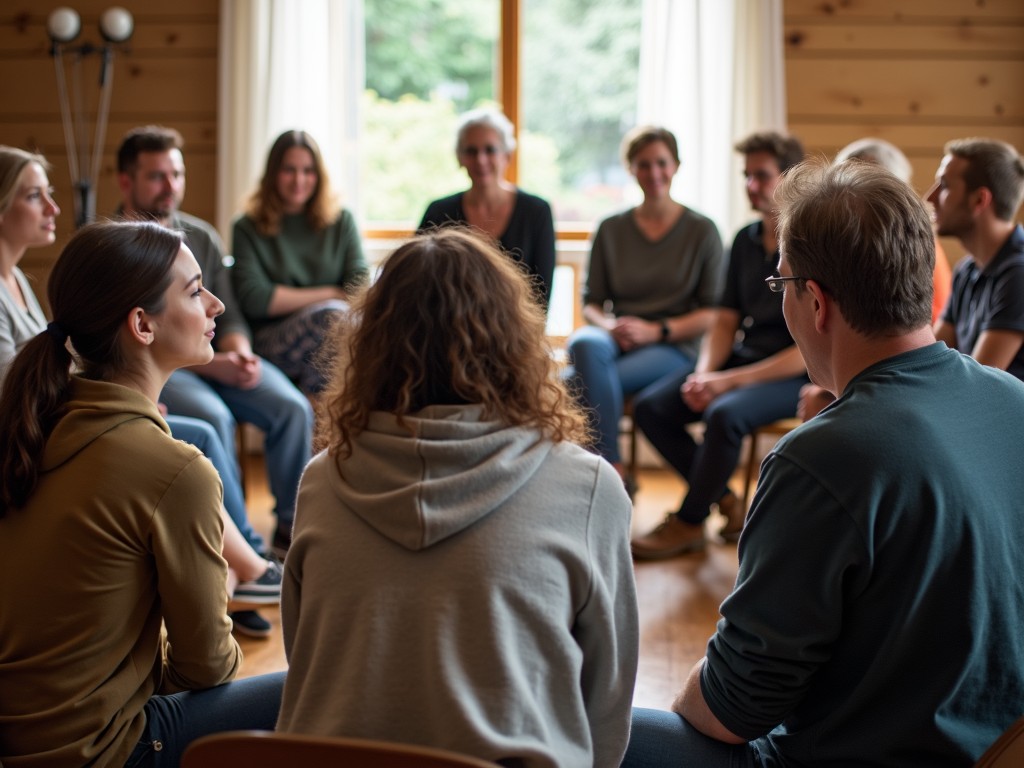Starting a Service Learning Project: A Step-by-Step Guide
By , January 6, 2025
How to Start a Service Learning Project: An Engaging Guide
Starting a service learning project can be a rewarding experience that combines education with community service. This article will guide you through the process of initiating a successful service learning project that benefits both learners and the community.
Understanding Service Learning
Service learning is an educational approach that integrates meaningful community service with instruction and reflection to enrich the learning experience, teach civic responsibility, and strengthen communities. By participating in these projects, students gain hands-on experience while fulfilling real community needs.
Table of Benefits of Service Learning:
| Benefits to Students | Benefits to Communities |
|---|---|
| Develops leadership skills | Addresses local issues |
| Enhances academic learning | Builds community relationships |
| Increases civic responsibility | Strengthens social networks |
To embark on a successful service learning project, begin by understanding its core principles and benefits. This will help ensure that your initiative is aligned with educational goals and community needs.
Identifying Community Needs and Objectives
Before you begin, it's crucial to identify the needs of your community. Engage with local leaders, conduct surveys, or hold community forums to gather information. Define clear objectives for what your project aims to achieve. These objectives should be specific, measurable, achievable, relevant, and time-bound (SMART).

Creating a Plan
Crafting a detailed plan is key. Outline the steps needed to meet your objectives, allocate resources, and set a timeline. This plan should include roles and responsibilities, a budget, and the methods you'll use for evaluating the project's impact.
-
Form a Team: Rally a diverse group of committed volunteers, including students, educators, and community members.
-
Set a Timeline: Define phases of the project from initiation to completion.
-
Gather Resources: Consider partnerships with local organizations for funding or material support.
-
Plan for Training: Ensure all participants are adequately prepared through workshops or training sessions.

Executing the Project
With your plan in place, it's time to execute the project. Keep communication open within the team to ensure everyone stays aligned with the objectives. Document the process with notes and photographs, allowing for reflection and assessment later.
- Foster Collaboration: Encourage teamwork and open dialogue.
- Monitor Progress: Regularly check against your timeline and objectives.
- Adapt if Necessary: Be flexible and ready to adjust the plan as challenges arise.

Reflecting and Evaluating
Upon completion, reflection is vital to consolidate learning. Hold feedback sessions with participants to understand what was learned, what made the project successful, and what could be improved. Use these insights to produce a report for future reference.
Evaluating Impact: - Quantitative Metrics: Measure tangible outcomes such as the number of participants or funds raised. - Qualitative Feedback: Gather participant stories and personal growth experiences.
Encourage students to reflect on their personal growth and the societal impact of the project as part of their learning process.

Concluding Thoughts
Starting a service learning project involves careful planning and coordination but offers significant rewards for both learners and communities. By following the outlined steps—identifying needs, forming a team, executing the project, and reflecting on the experiences—you can create impactful learning opportunities and foster a culture of service and engagement.
For more resources, consider these recommended readings to deepen your understanding and enhance your projects.